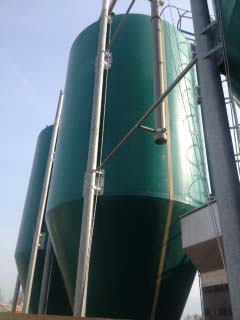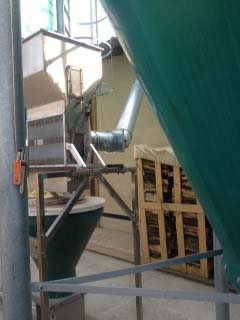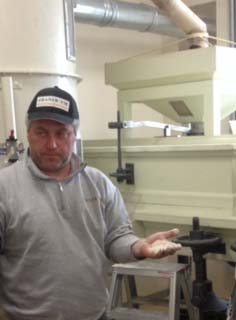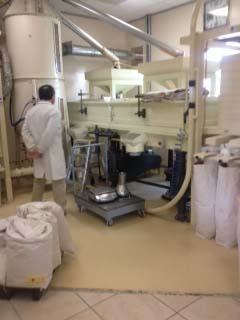Share This
Last month, I was lucky enough to be included in the Oldways Culinaria trip to Umbria. Known as the green heart of Italy, Umbria is the only region in Italy that doesn’t border either water or another country. The land is exquisitely green, hilly, lush, and rich with delectable foods. The week was full of amazingly delicious cuisine, wine, and Umbrian activities, including a truffle hunt, a farm visit, and a pasta making demonstration (just to name a few!).
To say I ate a lot…well, that’s an understatement! Umbrian flavors are rich with local olive oil, truffles, wild herbs and vegetables, and wild boar. Lunch and dinner are accompanied by typical Umbrian bread that was new to my palette; the bread is unsalted and mainly used to soak up flavor from the many dishes we ate. In 1540, Pope Paul III imposed a tax on salt in order to increase revenue for the Papal States. Instead of paying the high taxes, Umbrians simply made their bread without salt and the tradition has continued to this day. Umbrian dishes are typically rather salty so the bread acts as the ideal counterpart.
Our adventures through the rustic Italian countryside brought us to a local 0 kilometer Granarium, “where grains become bread.” Every aspect of the bread baking, including the wheat processing is done on site, hence the 0 kilometer! The wheat produced by the company is stored in external silos for nutritional purpose where the only conservation method consists of movement and ventilation; it is then brought inside to be milled with natural grinding stones, flour is extracted and, yeast added and bread made. The bread is then baked in a wood burning oven. As the owner put it, this allows the “people be in touch with the product.” The Granarium produces a whole grain bread that they sell on site in their bakery and also to local restaurants; the bread has an amazingly nutty, fresh flavor that was truly memorable.
On our tour of the company, we got the detailed story of the journey the grain takes and got to experience the step by step process, from field to oven. When the grain is harvested in July, it goes through a machine that removes dust, stones, etc. and then passes through to two large fiberglass thermal silos that have air pockets. The grain is rotated for a total of sixty days, rotating every ten days to remove any initial moisture. It is then pumped inside where it is cleaned again, using magnets to pull out any leftover stones. The day before the grain is milled, it is put into a mixer/humidifier which reintroduces just the right amount of moisture to make the grain soft. Once it has rested, the grain goes into a stone mill that was made in the 1920’s, from stone from the Pyrenees; after the grain is milled, it is turned into delicious whole grain bread!
While the entire trip to Umbria was exceptional, my time at the Granarium was truly memorable. After taking the literal journey from field, to silo, to stone mill, to oven with the grain, standing in the Umbrian sunshine, eating a piece of freshly baked whole grain bread reminded me of the pleasures of eating in the old ways and the exceptional yet simple process of creating whole grain food. (Mallory)





Comments
Add a Comment